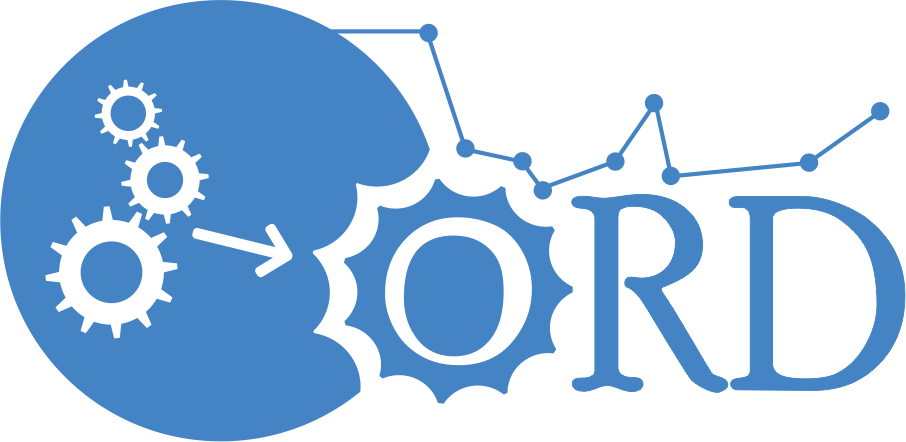Issue: 2021/Vol.31/No.1, Pages 5-20
INSPECTING DEBT SERVICING MECHANISM IN NIGERIA USING ARMAX MODEL OF THE KOYCK-KIND
Virtue U. Ekhosuehi , David E. Omoregie
, David E. Omoregie
Cite as: V. U. Ekhosuehi, D. E. Omoregie. Inspecting debt servicing mechanism in Nigeria using ARMAX model of the Koyck-kind. Operations Research and Decisions 2021: 31(1), 5-20. DOI 10.37190/ord210101
Abstract
The burden of external debt affects the wellbeing of an economy (or a country) by making the economy vulnerable to external shocks and crowding out investment. When dealing with debt management in indebted poor countries like Nigeria, the rational approach is to allocate a portion of export earnings for debt service payments. Along this line, there is a need to identify the link between debt servicing and export earnings. Hence, the current and long-run effects of export earnings on debt service payments are modelled as a single-input-single-output discrete-time dynamical system within the framework of the Autoregressive moving average explanatory input model of the Koyck kind (KARMAX). The KARMAX model is identified for Nigeria using data from the World Bank database from 1970 to 2018 based on the maximum likelihood (ML) method, and the obtained results are compared to the prediction error and the instrumental variable methods. From a theoretical perspective, the KARMAX specification identified by the ML method is more ideal and inspiring. By doing so, this article contributes to the literature on the econometrics of public debt management.
Keywords: ARMAX model, debt management, debt servicing, distributed-lag model, export earnings,
Received: 5 July 2020 Accepted: 28 January 2021
